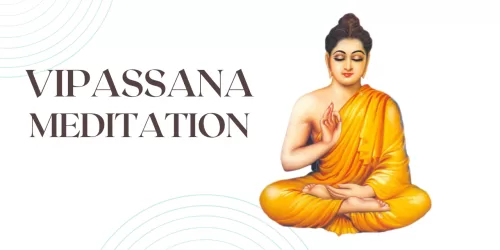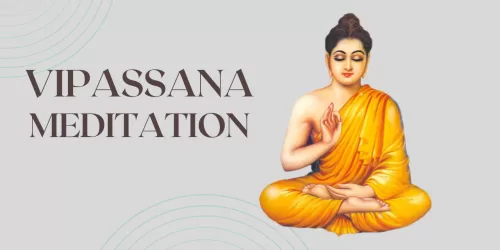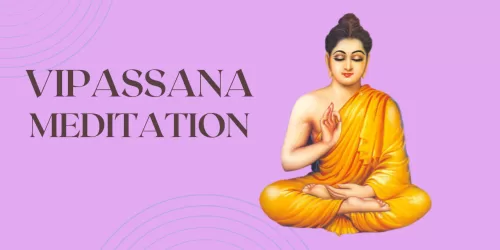Vipassana Meditation: My 10-Day Silent Retreat Experience

Vipassana Meditation: My 10-Day Silent Retreat Experience
Vipassana meditation is a traditional Buddhist practice that cultivates inner peace and insight. In the winter of 2022, I attended a 10-day Vipassana meditation retreat in Massachusetts. That year had been difficult—family conflicts left me feeling broken and lost. I decided it was time to face myself, and Vipassana became my path to healing.
What Is Vipassana Meditation?
Vipassana means “insight” in Pali, the ancient Buddhist language. It is a meditation technique that helps practitioners observe reality as it is—free from illusion, attachment, or prejudice.
During the 10-day course:
- Silence is required (no talking to other participants).
- No phones, computers, or writing.
- The focus is solely on meditation, self-reflection, and discipline.
At first, I hesitated. I worried about not practicing piano for 10 days or disconnecting from people. But I realized those fears came from attachment. Letting go opened the door to deeper understanding.
Safety and Integrity of Vipassana
In Japan, meditation can sometimes be misunderstood due to past cult scandals. But Vipassana is not a sect or business. It is a universal method of mental training, available to anyone.
The program is run by volunteers, with teachers following the tradition of S.N. Goenka, who spread Vipassana worldwide. After the retreat, participants return home with greater clarity, balance, and energy.
Cost and Donations
One of the unique aspects of Vipassana: there is no fee to join.
- Lodging and meals are provided.
- At the end, you may donate based on your capacity.
- I personally offered $300—modest compared to what I received.
These donations support centers around the world, allowing new meditators to experience the same benefits.
The Core Lesson: Equanimity
The most powerful teaching of Vipassana is equanimity—the ability to remain balanced regardless of pleasure or pain.
- You learn to let go of attachments and aversions.
- Old mental patterns dissolve.
- Suffering (“dukkha”) is reduced at its root cause.
This training helps not only in meditation but in daily life, relationships, and work. Since practicing Vipassana, my focus improved, my productivity doubled, and anger rarely arises.
Inside the 10-Day Course
Each day begins at 4:00 AM with hours of meditation. Meals are vegetarian, and evenings include Goenka’s recorded discourses.
The process unfolds in stages:
- Days 1–3: Anapana meditation (observing the breath).
- Days 4–7: Vipassana practice (scanning body sensations with awareness).
- Days 8–10: Deepening the practice, breaking mental patterns.
It is intense: pain, tears, even strange dreams arise. But by Day 9, a lightness appears. On the final day, silence ends, and conversations flow joyfully.
Beyond the Retreat
Vipassana doesn’t end after 10 days. Daily practice is encouraged:
- 1 hour in the morning, 1 hour in the evening.
- Over time, it reshapes your mind and transforms your reactions.
For me, Vipassana has become a lifelong tool for clarity and compassion.
Why You Should Try Vipassana
Vipassana is not about religion or dogma. It is a practice of self-observation and liberation.
- It teaches resilience.
- It dissolves illusions.
- It strengthens compassion for oneself and others.
There are centers worldwide—including in Japan—welcoming anyone ready for the journey inward.
Conclusion
My 10 days of Vipassana meditation were some of the hardest—and most rewarding—days of my life. At first, the silence and discipline seemed impossible. Yet by the end, I discovered freedom from old mental habits and a new way of living.
If you’re curious, I encourage you to attend a retreat yourself. Ten days may feel long, but the wisdom and peace you gain will last a lifetime.

As Goenka often said: “Be happy.”


